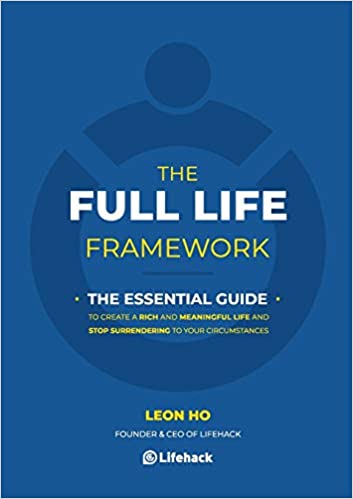
There is a major labor shortage happening in the United States right now. There are many reasons why this might be the case, but regardless of the circumstance, this could be an excellent opportunity for many working Americans. Thousands of new job openings mean that this could be the perfect window of opportunity to chase a dream job or change careers.
Tips for Getting a New Job
Getting a new job can be just as daunting for seasoned workers as it is for college graduates. There are a lot of factors to consider when applying for a job that could ultimately lead to success. This article aims to guide you through the process so you can take the next step in your professional career no matter where you are now.
1. Review Your Resume
Your job résumé is your first impression when applying for a new position. That being said, it’s one of the most important resources you have when searching for a job. As a result, most candidates are sifted out based on the contents of their résumés.
Different hiring managers look for different things in a résumé. Of course, they’ll want to see relevant experience and a work history that shows you’re reliable. Try and keep your résumé concise no matter what and have the most important information in clear, bold lettering. There are plenty of formatting guides and templates that can aid you in your résumé design.
If you. have a complicated or complex resume — consider hiring a service that can give your resume the polish it deserves.
2. Brush Up Your Interview Skills
Almost every job you’ll ever apply for will have some sort of interview process. Some smaller companies will hold a single, semi-casual interview, while others have applicants undergo a more extensive screening process. Others still might meet with you over the phone and call that good. So you need to be prepared for anything.
Every interview will be different, so you can’t memorize a list of questions and the answers you’d like to give. You can prepare for basic questions, however, such as “why do you want this job,” “what do you know about this company,” and “why do you feel like you’re a good fit for this position?”
Get a trusted friend to pepper you with questions, hop on YouTube and watch interviews, listen to some podcast interviews, watch a few TedTalks for good speaking with clarity tips, and don’t forget to stand in front of the mirror and ask questions.
Don’t work yourself up too much. You don’t have to be a master negotiator in order to nail a job interview. Most employers just want to ask a few questions and get to know you a little better. Team chemistry and job fit can be a big deal, so coming across as respectful and eager to learn is often better than acting arrogant and overconfident in your abilities.
3. Flood the Mailbox
Don’t just apply for a single job and wait to hear back. Who knows how long this can take. Moreover, while you’re patiently waiting for a single response, you could be missing out on dozens of other opportunities. Instead, take a shot at a position you don’t feel qualified for yet; you might surprise yourself.
Set a goal to send your resume to a variety of different companies. You could aim to send out one new application each day or a set amount of 10-20 by the end of the month. Job posting website Indeed recommends you send even more than that, up to 10-15 applications a week or 2-3 per day.
Even if they don’t have a job posting listed, send them your resume in an email just to reach out. Then, you might hear back from an organization that is at least willing to guide you in the right direction.
4. Take Advantage of Networking
That segues nicely into this next section. Networking is your best friend when looking for a new job. Having reliable connections can get you to people and places you had no idea existed or couldn’t find independently.
For example, you might inquire at a local hospital if they have any job openings available even though none are posted. Even so, you might be able to connect with someone who has a friend running a local clinic that is hiring. Without networking with the hospital, you might have never found this job opportunity.
Another great way to network is through social media. Websites such as LinkedIn provide a great platform for connecting with industry leaders and professionals from around the world, not just in your local community. You can get great advice from here as well as access to certification courses to advance your education and career.
5. Take an Internship
Sometimes you just need to find a way to get your foot in the door. An internship can do just that, giving you training and networking opportunities that would otherwise be unavailable to you. For example, it’s a lot easier to get an internship at Google than to become employed there without a previous relationship.
Unfortunately, many internships are unpaid or pay a lot less than regular employment. This can be a tough situation for someone looking for a job to pay the bills. However, a part-time internship at a more promising company or in a new field you’re interested in might make for a bountiful long-term investment.
6. Steady the Course
Don’t let your job search impact your work performance at your current employer if you do, in fact, have on. Many companies will contact former employers to inquire about you as a worker. But, of course, you want them to say only good things about you, so don’t cut the slack even if you’re planning on making a move.
Also, don’t give up. Job searches can get exhausting quickly when applications are sent back, and doors seem always to be closing. Instead, keep working on improving yourself, networking, and seeking out opportunities and eventually, you’ll find an opening.
Best of luck on your job search now and any time in the future you look for a change of scenery. Keep these tips in mind and bet on yourself. You’ll be amazed by what you’re able to accomplish.










